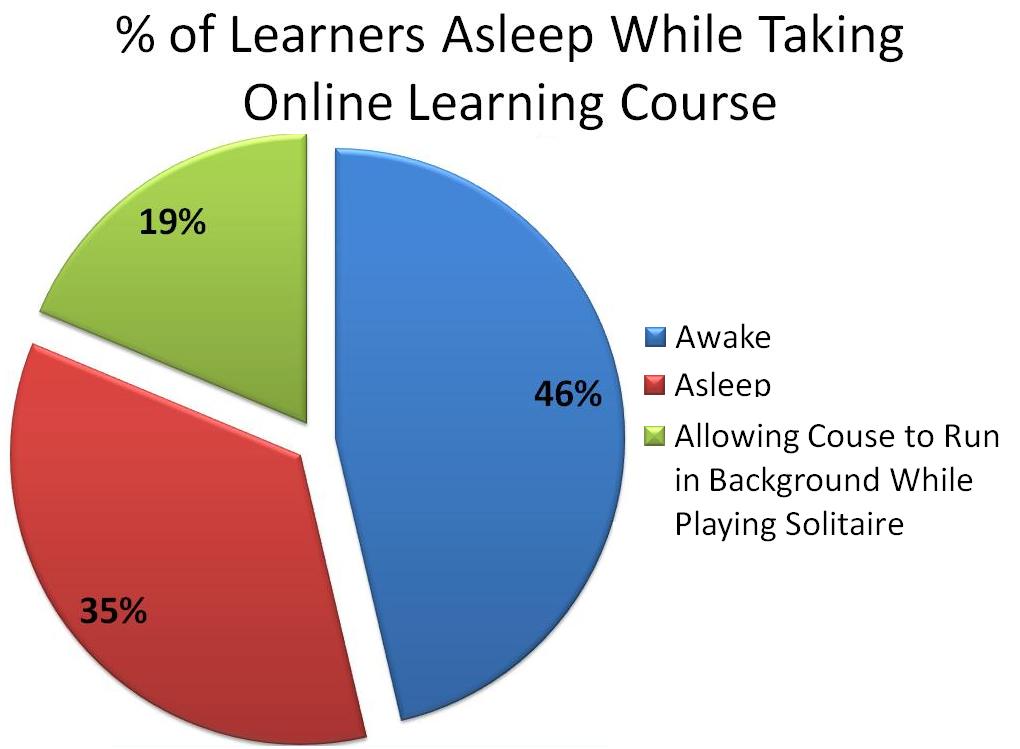

In the course of a typical year I generally take about 10-15 structured online mandatory training courses. I also have the opportunity to review many other types of online venues for medical education. Unfortunately, the vast majority of these experiences leave me disappointed and frustrated. These “virtual” classrooms seem to throw every word of a text book or syllabus into a PowerPoint presentation and then reformat it into a web browser accessible format. By slide number 10 I am usually drifting off into my imagination, wondering how best to make an application that presses the forward button for me so that I can take a quick nap.
The problem with the use of technology in education is not the technology itself, but rather the inappropriate use of it in relation to the educational objectives of a course. For example, if I am going to give a ground rounds talk, I may want to use PowerPoint slides. PowerPoint presentations can effectively convey and reinforce information if slides are used to highlight key points in an otherwise engaging presentation. However, if I place the entire text of the talk on the slide set, there is no point to its use. The PowerPoint slides no longer act as a visual aid for my presentation; the slides now become the presentation, distracting from what I’m saying.
The same holds true for online learning media. Social interaction is a key component to learning. Just having text on a webpage adds nothing to traditional learning media. I am waiting for the day when someone treats me like an adult learner for these mandatory courses by giving me the option of opening a PDF with the entire text of the online course instead of tediously pressing the forward button until I fall asleep on the keyboard.
Social media, including blogs, can play a role in this new frontier of medical education. I have learned more about palliative medicine from blogs like Pallimed than I have ever learned from a textbook. Just as in any small group classes, blogs generally start by picking a group of learners (in geripal’s case it is the geriatrics and palliative care community), producing some resource material that can serve as a stimulus for discussion (posts), and using at times facilitators for that discussion (the contributors). Learning objectives are created by the person creating the post or may arise out of discussions between participants commenting on the post.
***** Stay tuned for the next part of the series: The Dangers of Social Media In Medical Education.



